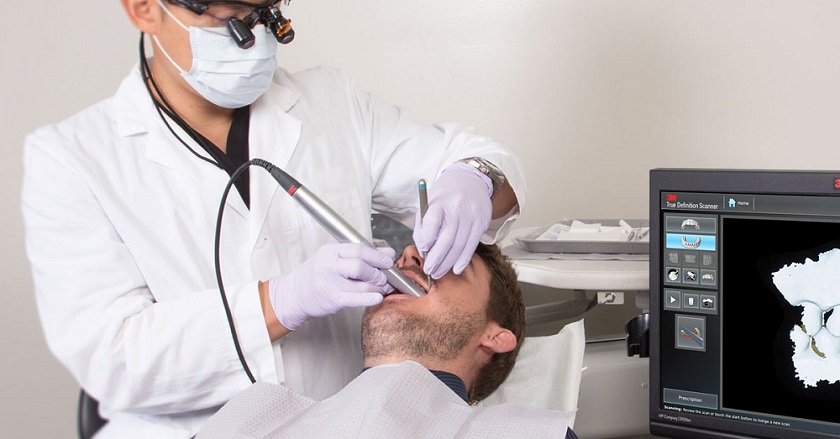An intraoral scanner is a revolutionary tool that allows dentists to create models of their patients’ teeth using 3-D scans. Unlike traditional impression materials, these systems produce models with unparalleled accuracy. The technology helps dental professionals save time and money by eliminating errors and inconveniences associated with manual procedures. These digital tools can capture natural-looking teeth and dental implants, and correct imperfections immediately. These are just a few of the benefits of an intraoral scanner.
New marketing opportunity
The introduction of the intraoral scanner has revolutionized the dental industry, offering dentists and technicians a new marketing opportunity. Instead of taking impression materials and re-toothing every few years, patients prefer a digitized version of their smile. And the cost of an intraoral scanner can range from $30 to $50k. While some machines have evolved, the biggest difference between old and new machines is their complexity and functionality. For example, the earliest versions of this technology had very large wands that weren’t ideal for scanning the molars, but today’s machines have smaller wands and are easy to operate.
High-quality 3D image
An intraoral scanner is an important investment for the dental practice. This innovative technology provides the dentist with a high-quality 3D image of a patient. An intraoral scanner is a great way to improve communication between clinicians and dental technicians. The scanner also allows patients to be more engaged in the process of treatment, which may ultimately increase patient satisfaction. Furthermore, the technology requires only a small learning curve, making it suitable for even the most technologically challenged dentists.
An intraoral scanner provides a high-quality and accurate impression of the teeth. It also helps dentists to design a new smile while drilling in an armchair. You can purchase best intraoral scanner with a desktop PC, laptop, briefcase, or PC with touch screen. The most advanced models even allow the dentist to see the image on a touch-screen monitor. The latest models have all these benefits, and they are available at a range of prices.
Improve clinical practices
Using an intraoral scanner can improve communication between dentists and dental technicians. It allows clinicians to take another impression without needing to reposition the patient. In addition, it allows patients to be more involved in the treatment process, which increases their satisfaction. An intraoral scanner can be a useful tool in the practice, but it can also be used to improve clinical practices. Aside from improving communication, an intraoral scanner can also help dentists improve the quality of their work.
An intraoral scanner can be useful for dentistry and dental labs. With an intraoral scanner, you can create digital models of the patient’s teeth. This way, you can make use of the 3D model to design a new product. A few of these models can even be shared among different treatment rooms. It can be used to create a 3D print of the patient’s mouth. This feature is very useful in cases where there is no other available option for creating a dental unit.
Also know about pet oxygen chamber.
Dental reconstruction
An intraoral scanner can be used for dental reconstruction. The intraoral scanner can be used for a variety of purposes, including dental surgery. It can be used for diagnosis or for cosmetic purposes. It can be used for 3D print of your patient’s teeth. Various advantages of an intraoral scanner include its ease of use, accuracy, and accuracy. The process of scanning a patient’s teeth is simple. A dentist can save the data in a computer and use the model to build a permanent denture or bridge.
The intraoral scanner allows for capturing optical impressions of a patient’s teeth and gums. The machine needs to be passed over the patient’s teeth and gums. It then emits a light from a laser or structured LEDs. After the scan has been taken, the patient will be shown a three-dimensional image of their teeth. This is a great step forward in dentistry. The technology is very easy to use.

